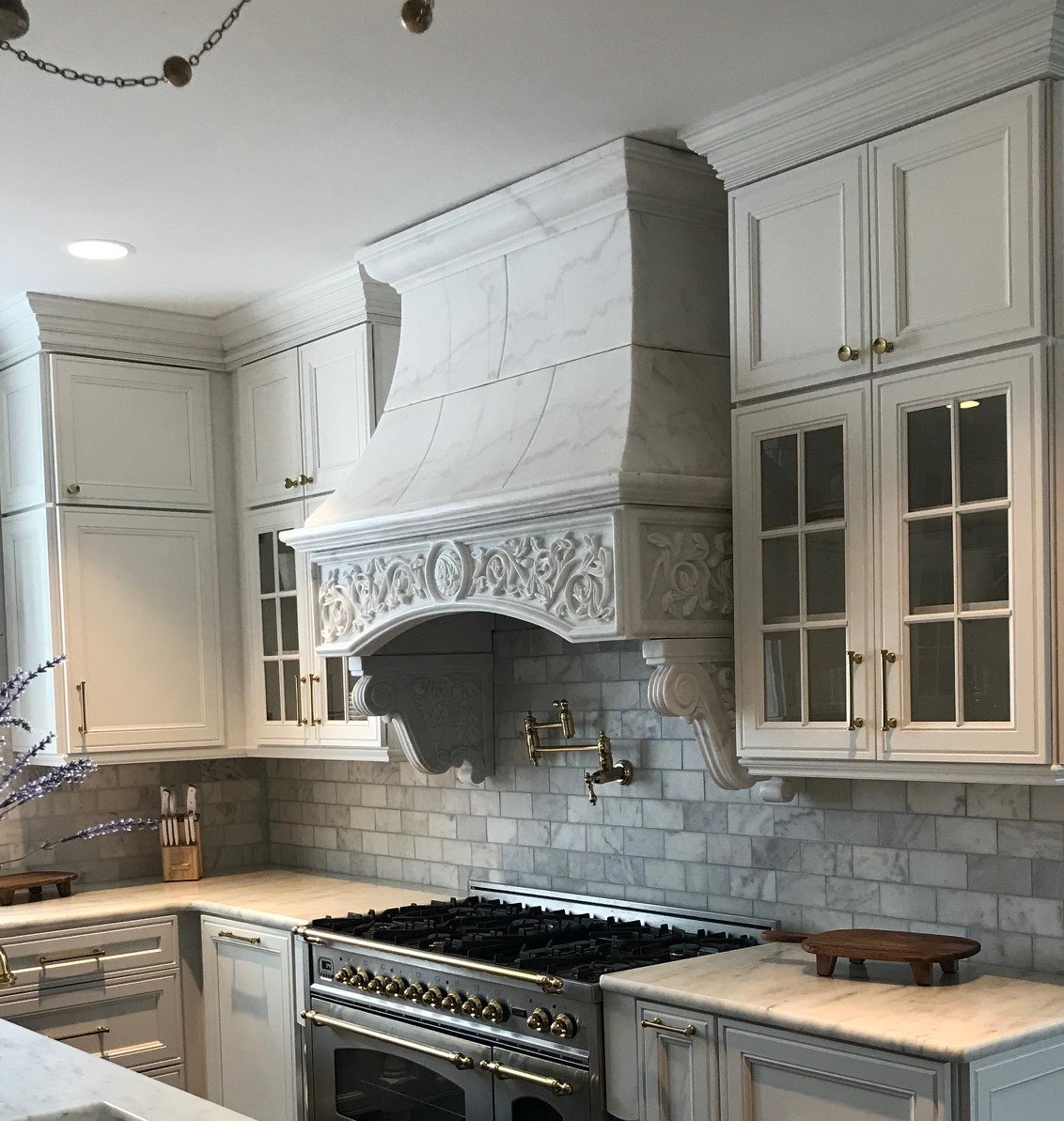
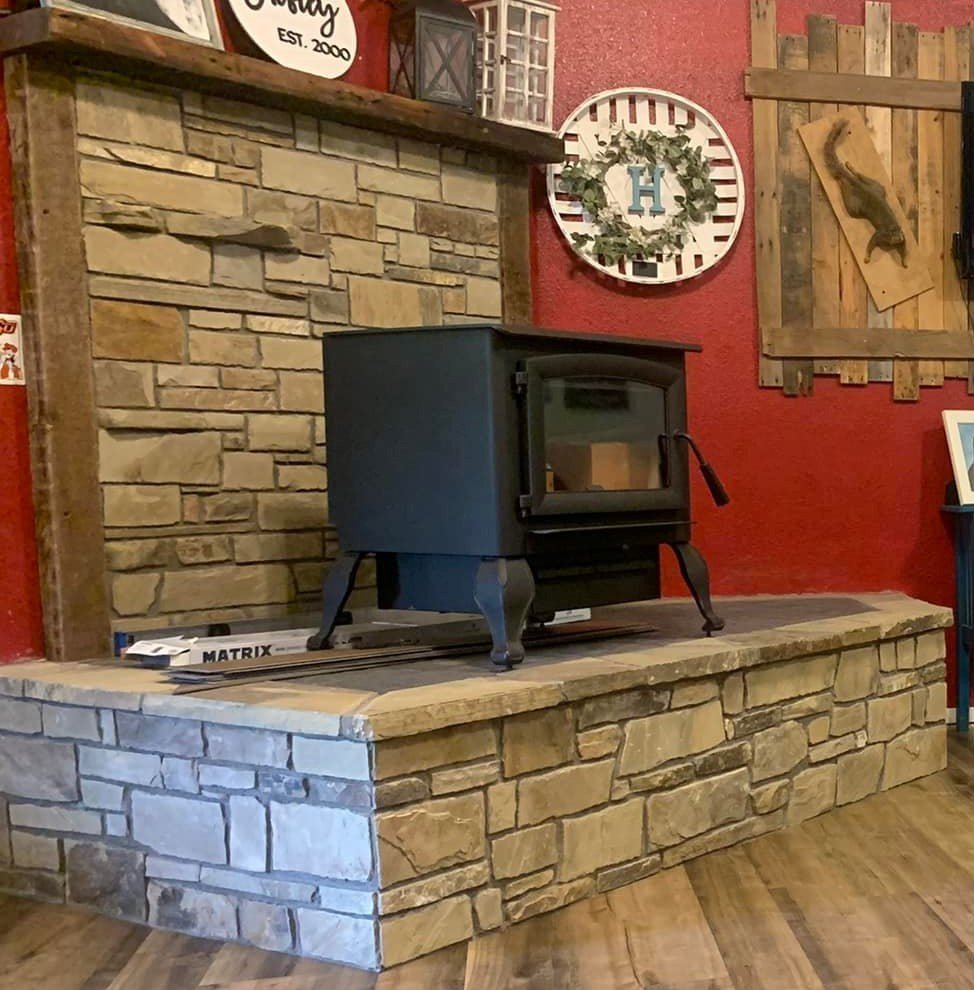
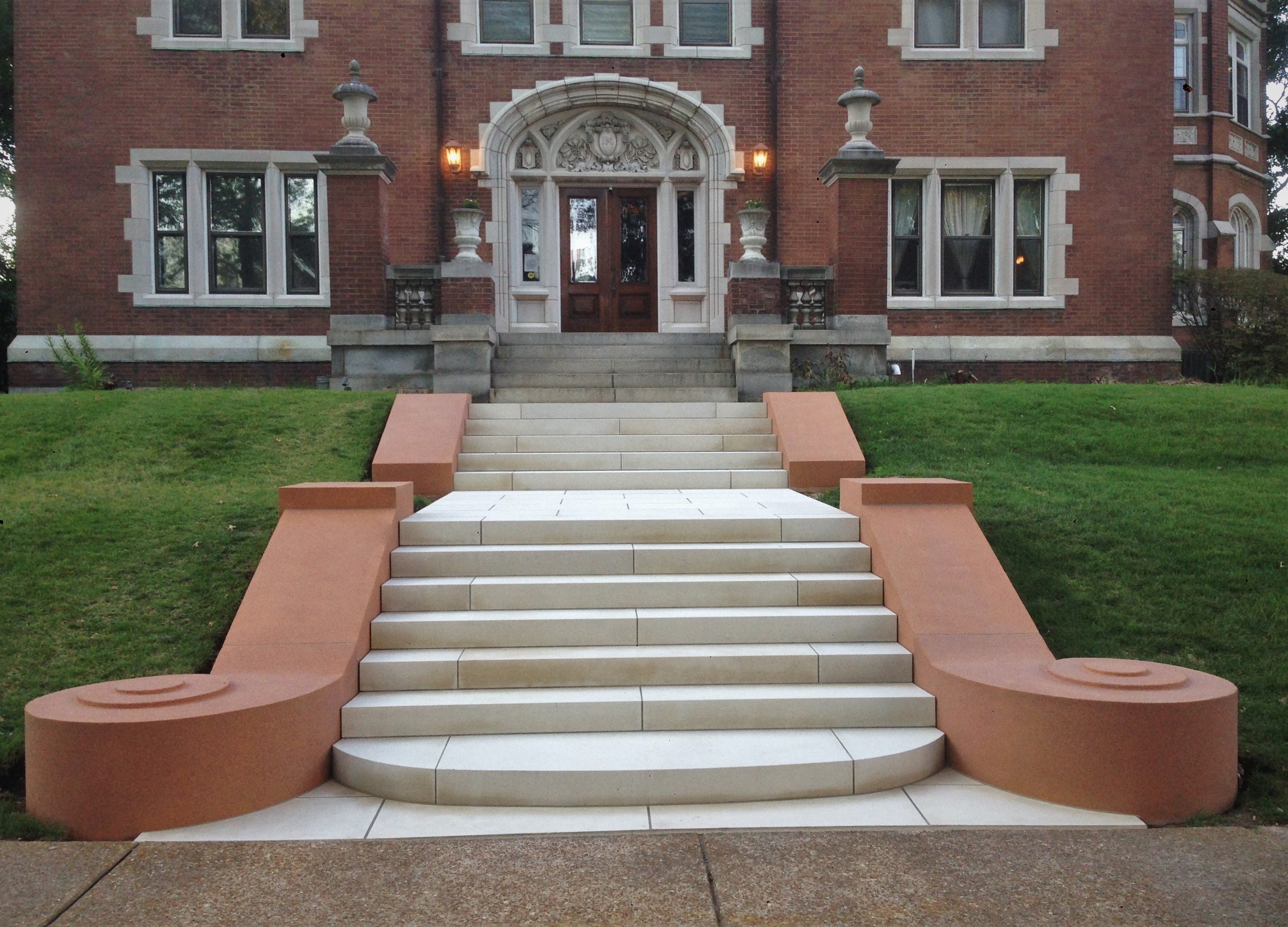
New Limestone Steps, Decorative Concrete Walls and Volutes
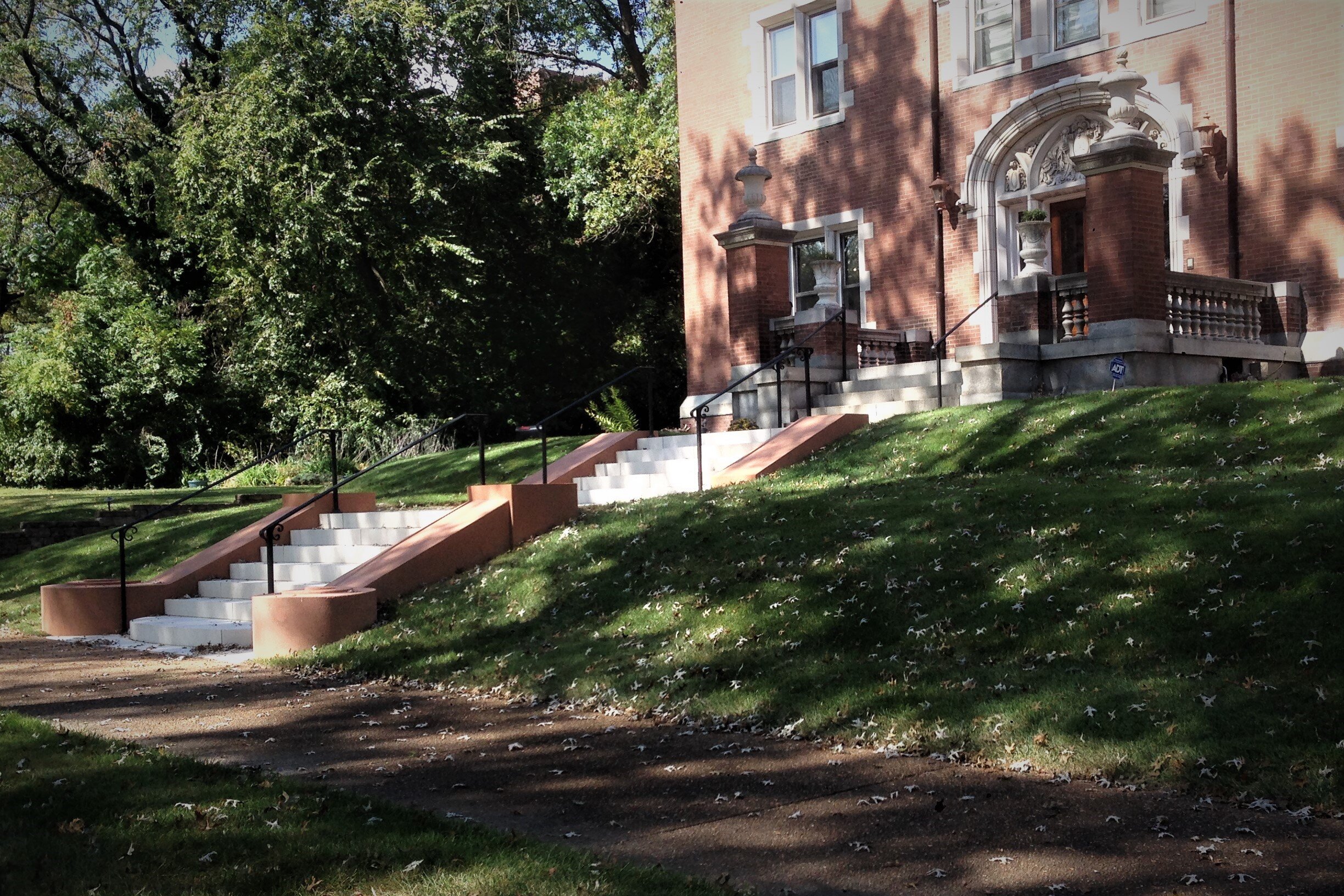

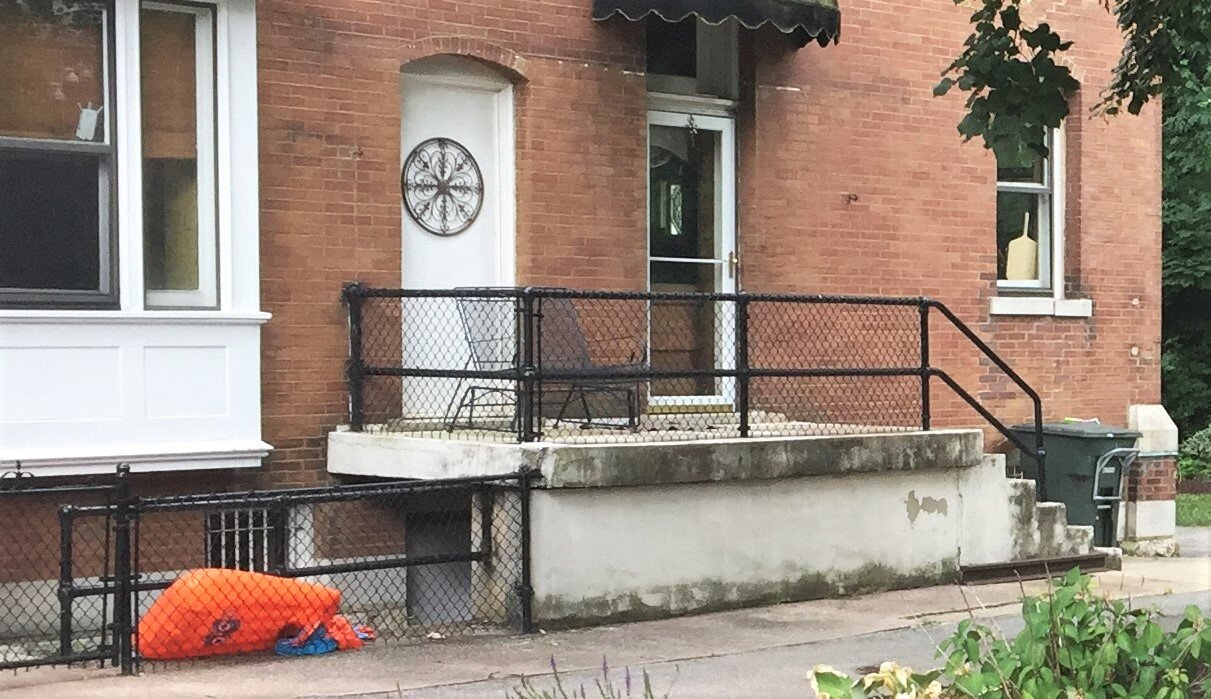
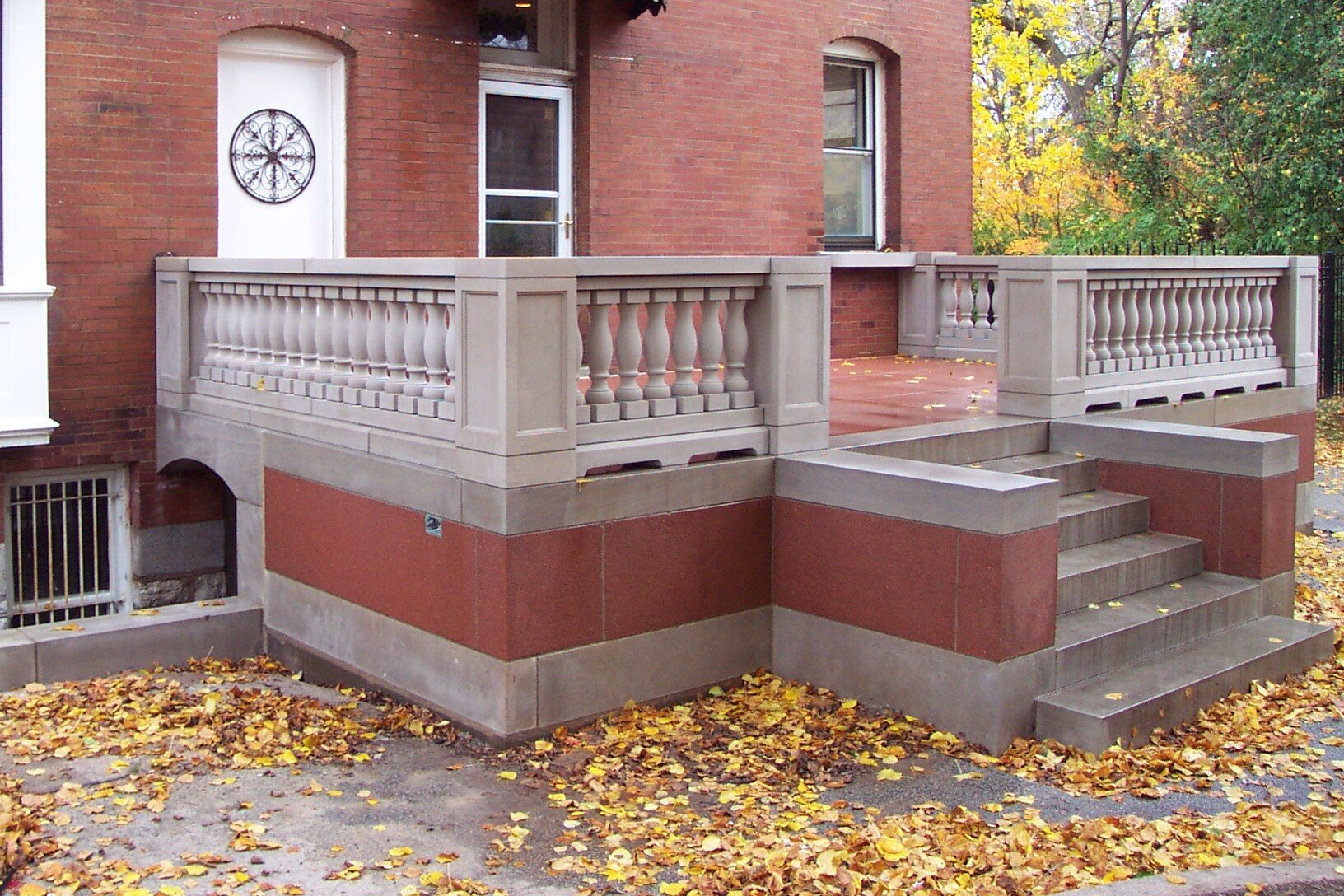
Back patio made with Indiana Limestone and granite concrete.
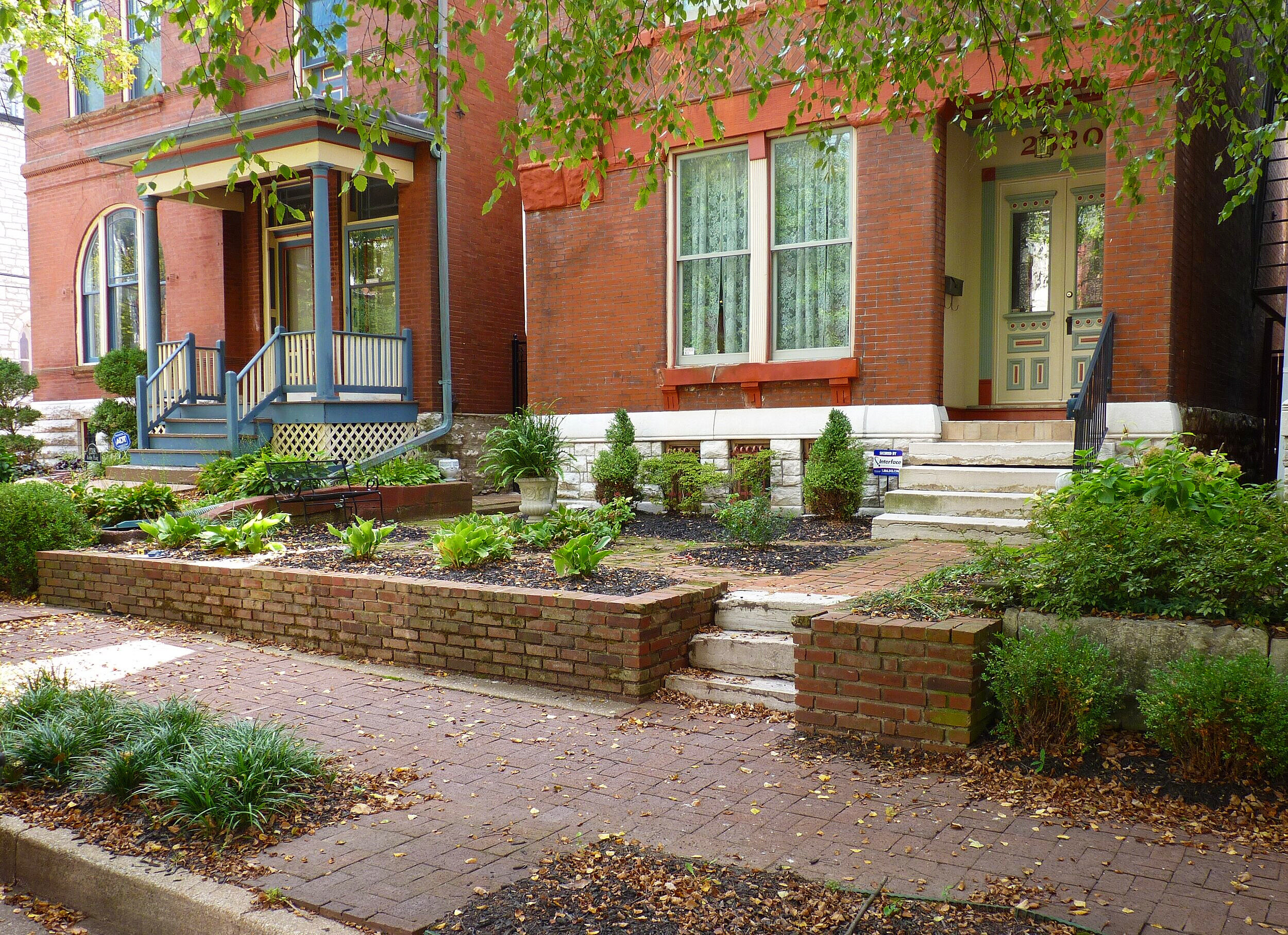
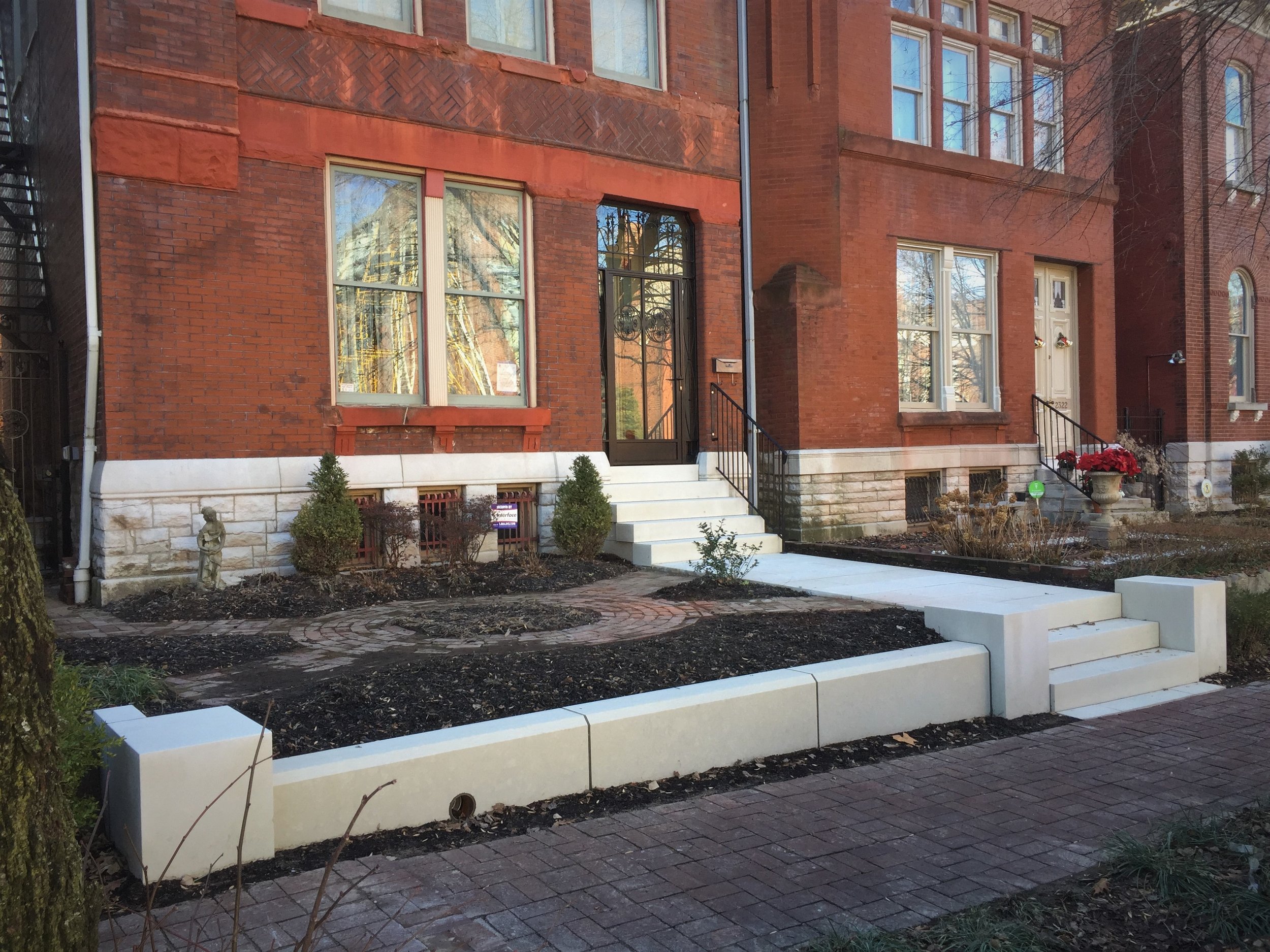

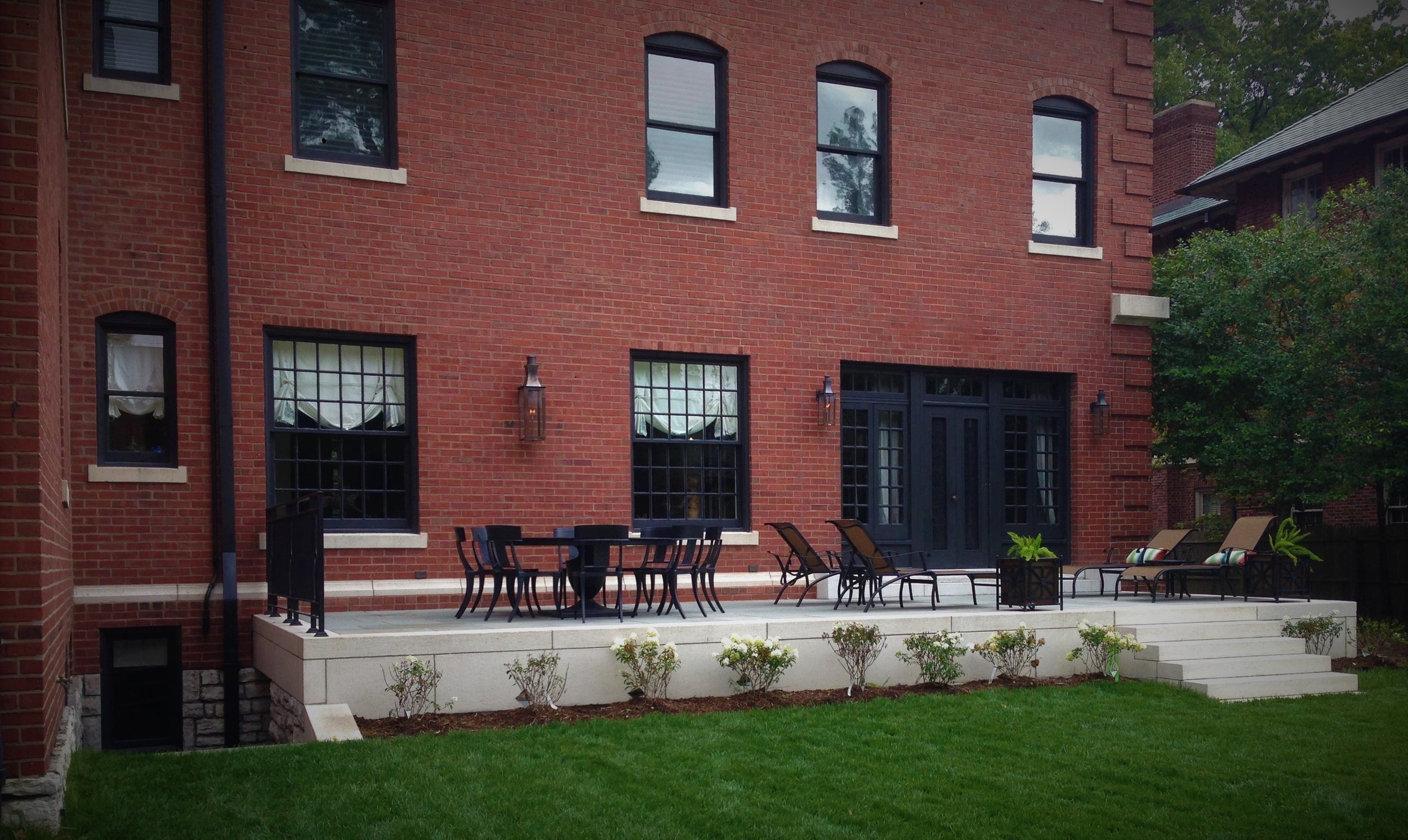
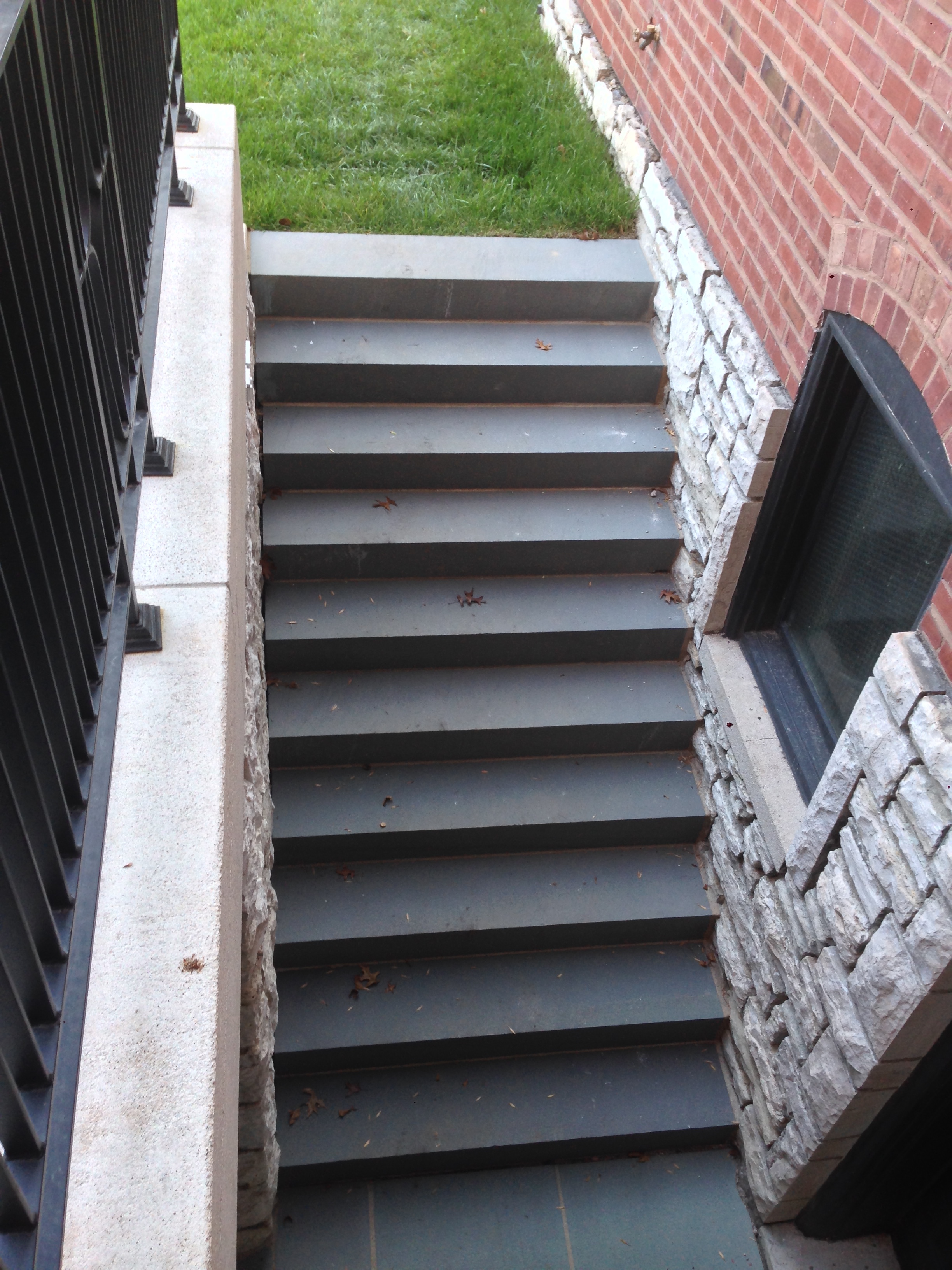



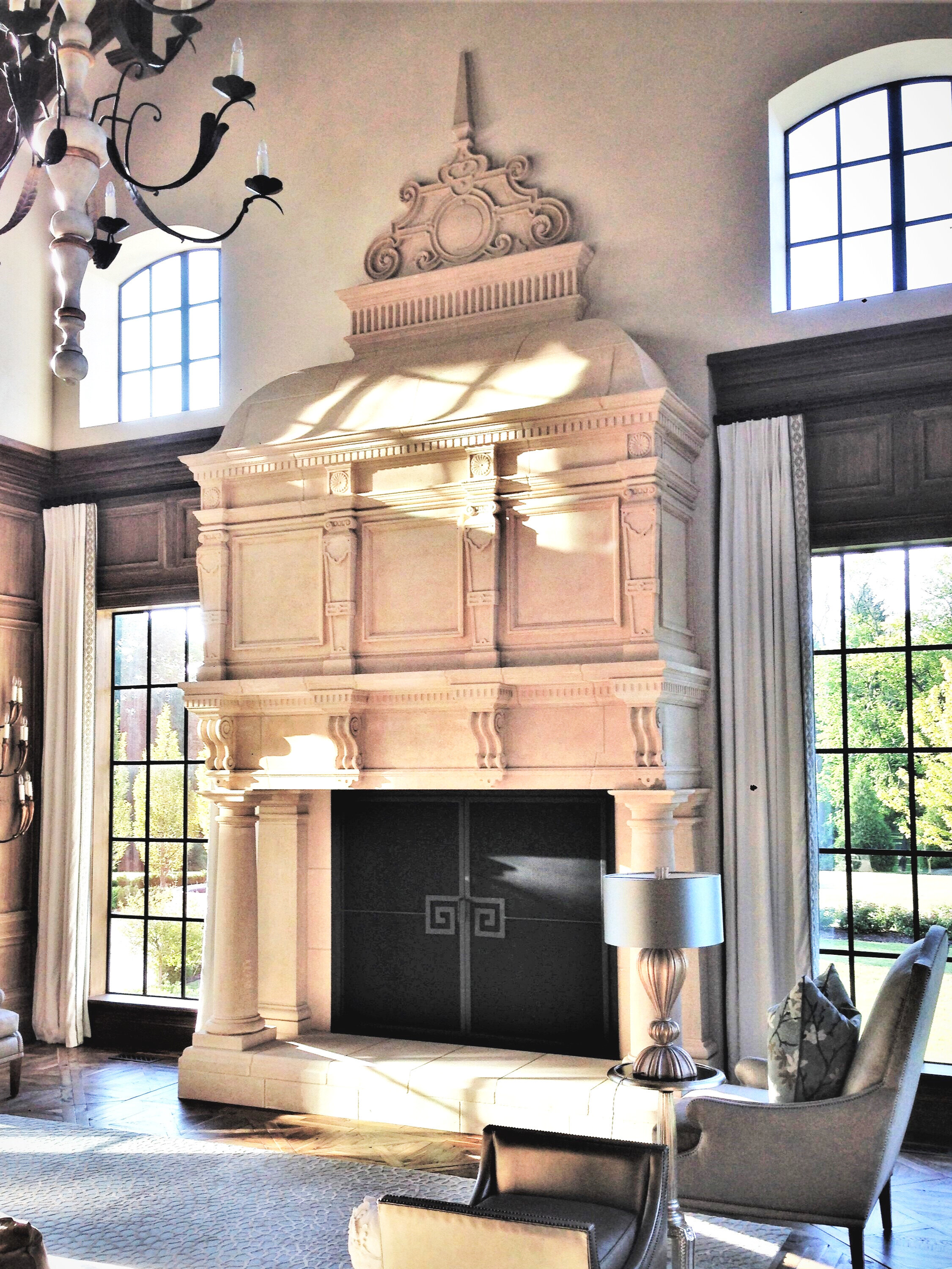

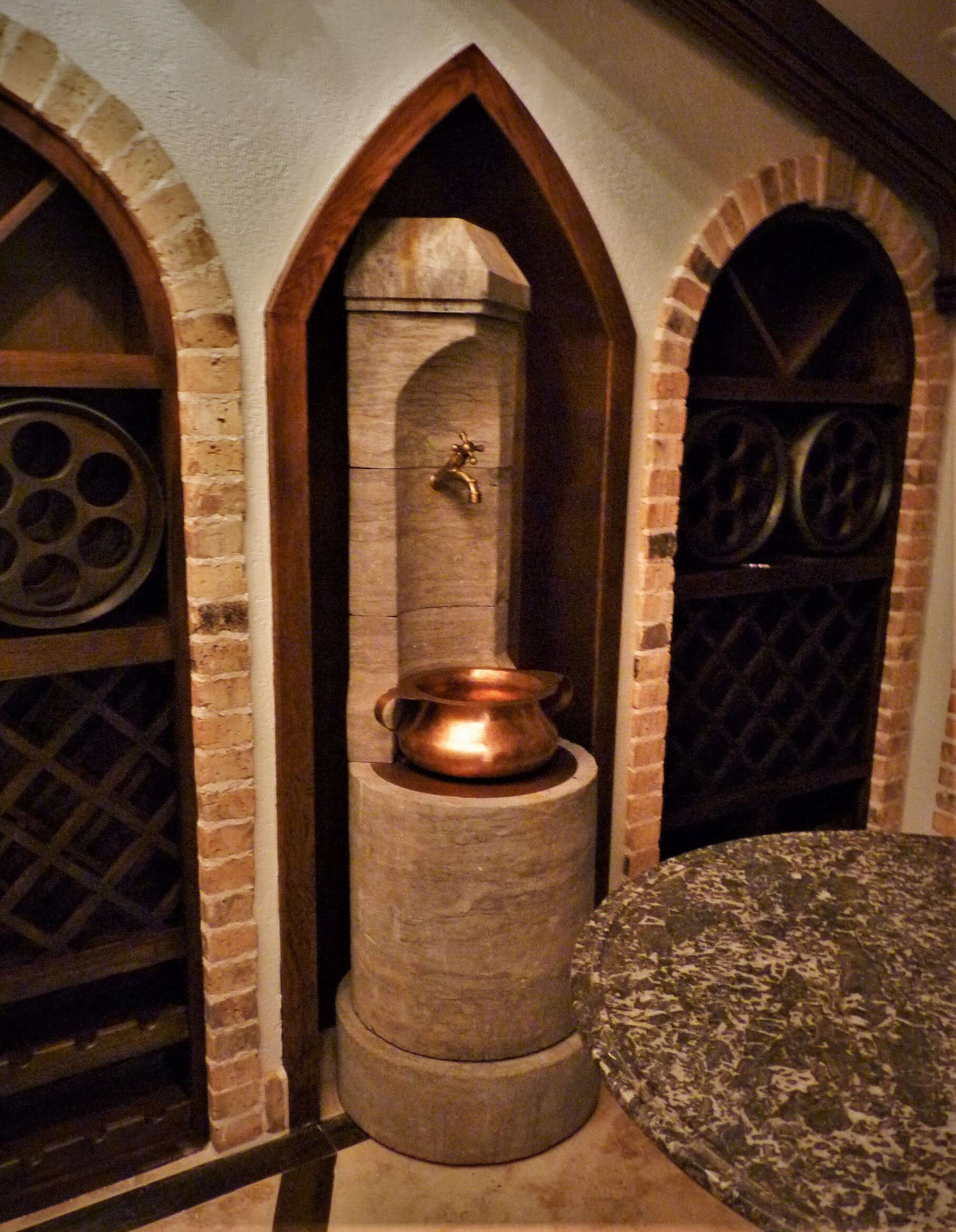

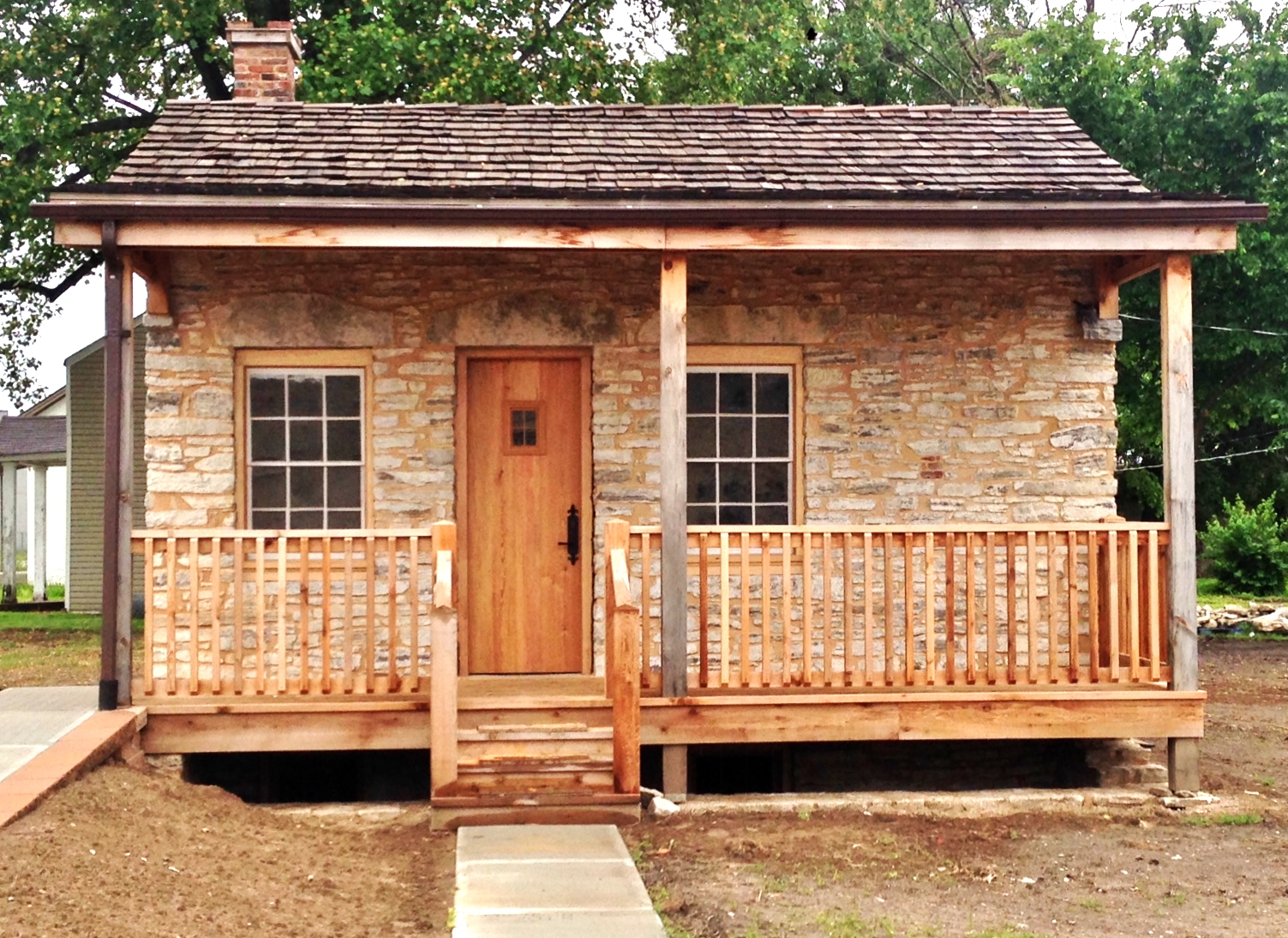

The carved stone at the entrance to this residence has suffered severe deterioration. Repairs have been made over the years, some good, some not so good. The coping stone has been replaced altogether. The space between the coping and the pieces with the shell carvings has been crudely replaced with concrete.


Before

After

Just when you think you have seen it all. These steps don’t look so bad. Just re-set a few steps and re point the joints between the stones. That is what it looked like at first. But why are the steps moving up? They usually settle.
See the next slides…
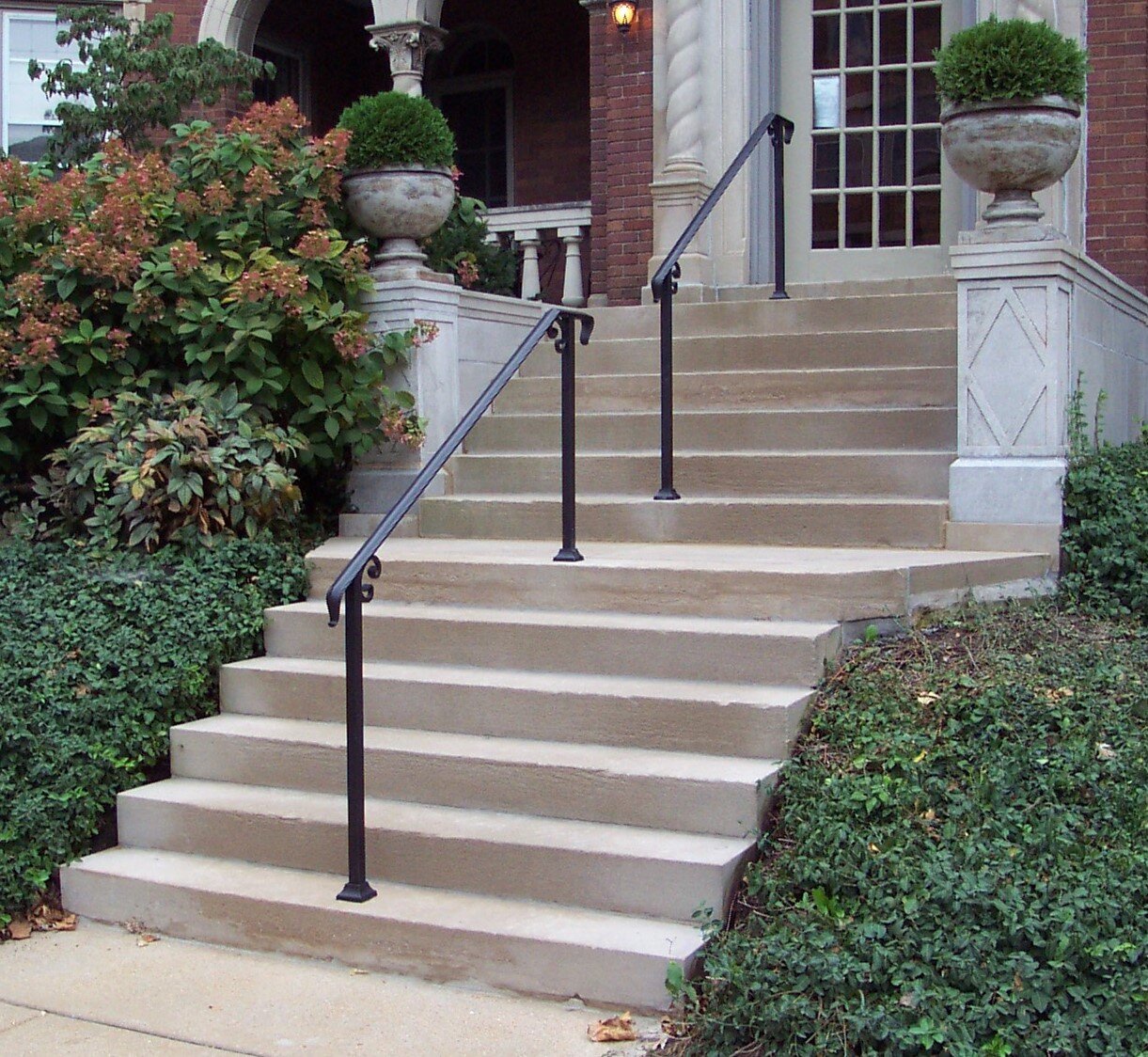
Finished project.
Oh … Yes, we installed new handrails too. Often I see handrails installed by drilling a hole in the masonry then grouting the steel tubing into the hole. A few years later the tubing will rust and break the stone or concrete. These handrails have stainless steel tubing on the bottom of the legs that is grouted into the step. They should not have the same rusting problems as others.

Well, you can easily see the step at the landing has lifted up about an inch on the left side. With a little investigation we found all of the steps and the landings would eventually have the same issue ...
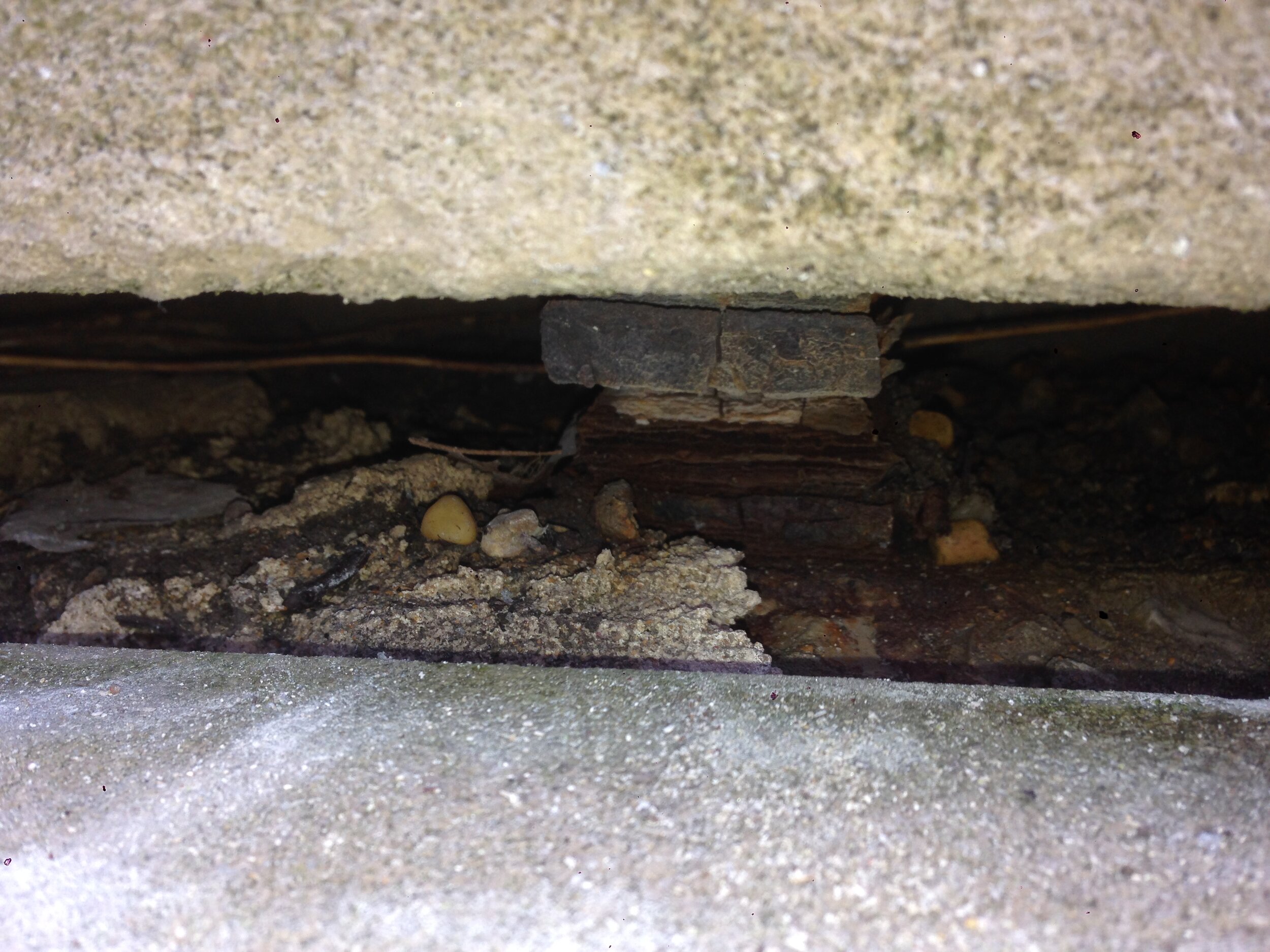
Other than along the edges of the steps there is no mortar. Instead of setting the stone on a bed of mortar the original installers obviously thought it would be best to set the stone on steel shims. Actually it doesn’t seem like a bad idea. It worked for about 20 years…
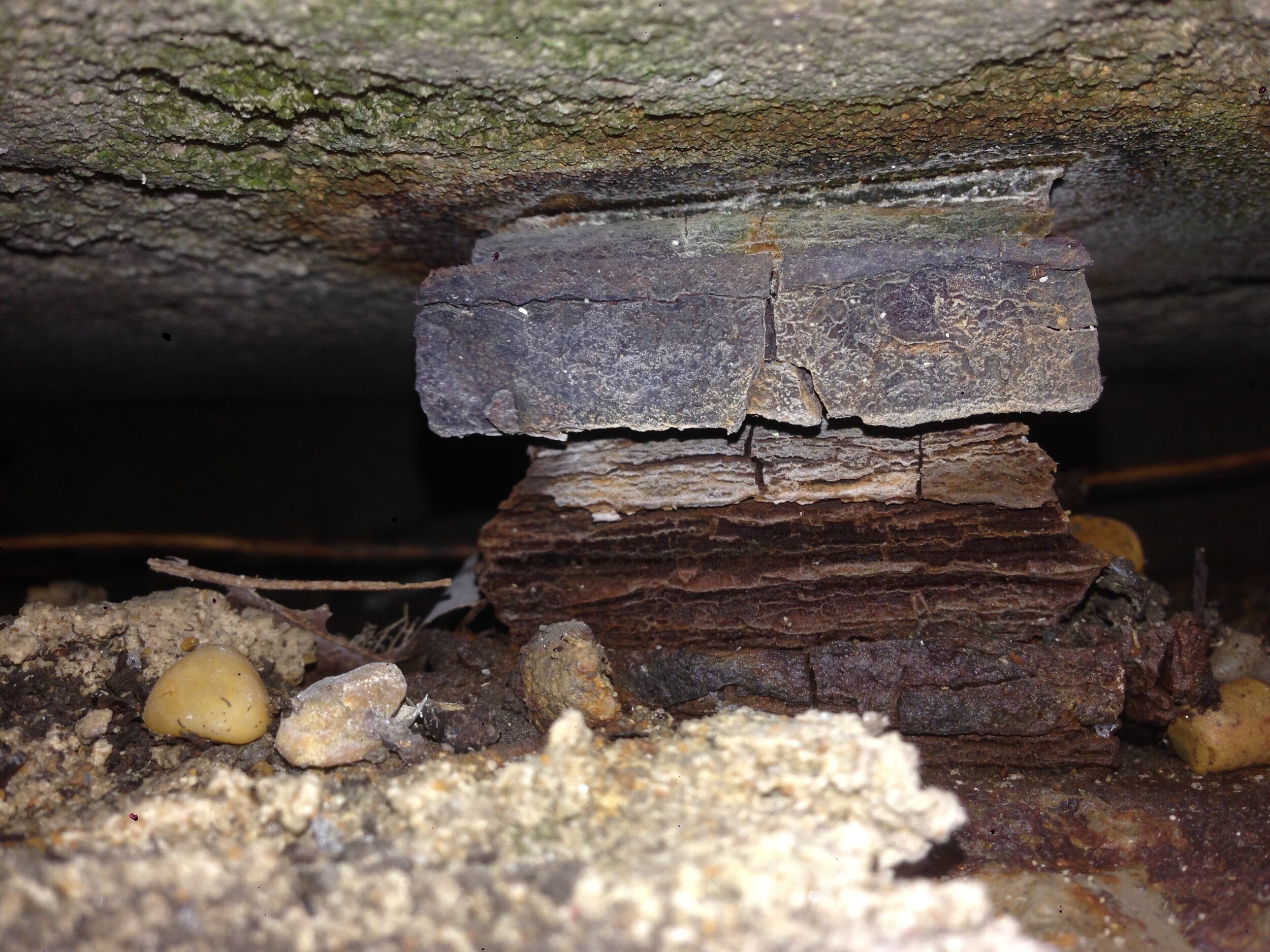
However, when water cones in contact with steel the steel begins to rust, especially when you use salt in the winter to melt the ice. (Which you should never do with masonry or concrete. There are better products that won’t cause the damage salt does.)
When steel rusts it can expand. Big time! It is like putting water in a glass bottle and putting it in a freezer. Rust expands slowly over time but is very powerful. …
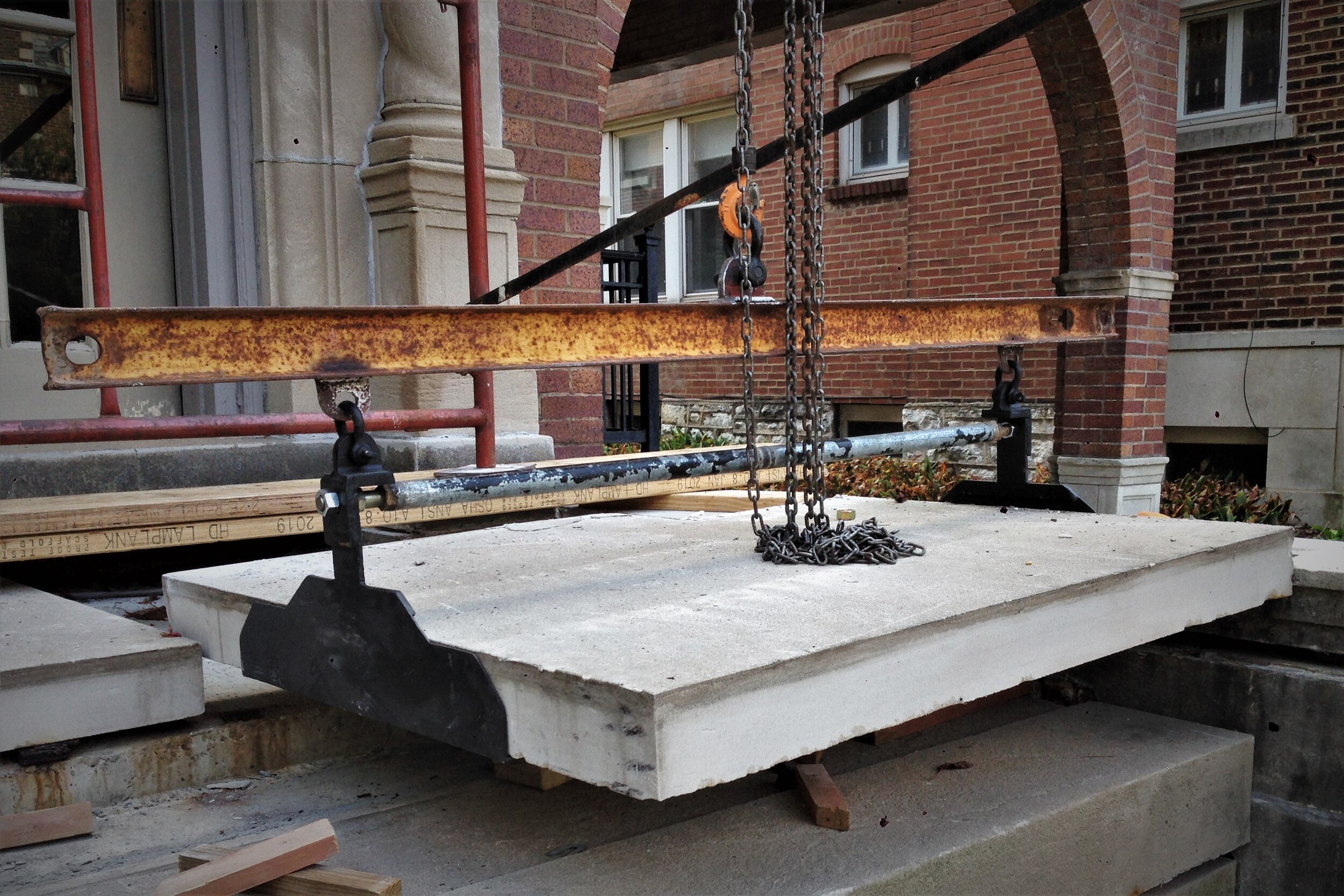
Even the landings had to be lifted up to remove the rusted steel shims and re-set the stone on a bed of mortar.
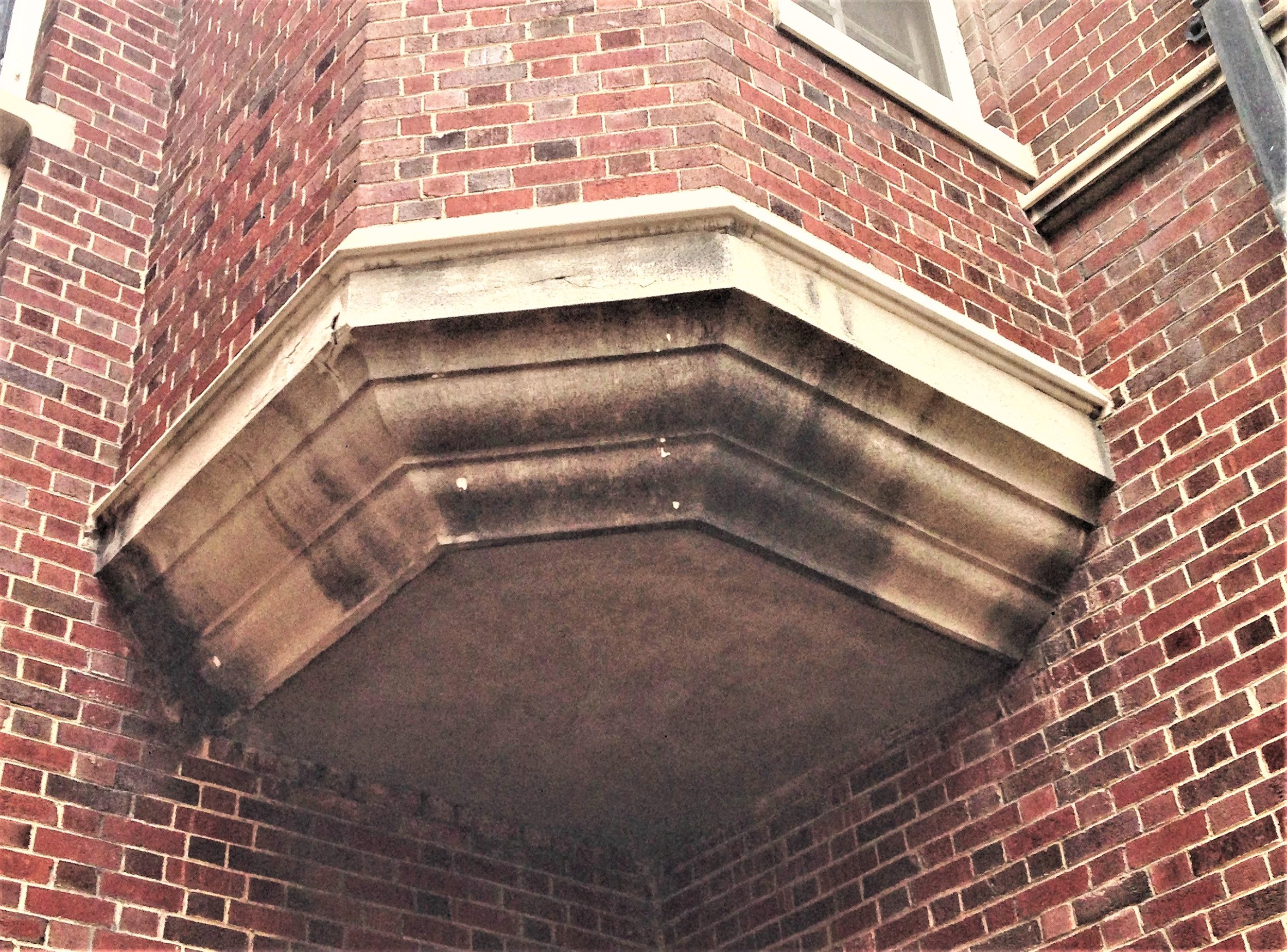
Cracks from rusting rebar, plaster deterioration.

Rebar cut back,sandblasted and painted. Concrete patched. Plaster replaced.




































New Limestone Steps, Decorative Concrete Walls and Volutes
Back patio made with Indiana Limestone and granite concrete.
The carved stone at the entrance to this residence has suffered severe deterioration. Repairs have been made over the years, some good, some not so good. The coping stone has been replaced altogether. The space between the coping and the pieces with the shell carvings has been crudely replaced with concrete.
Before
After
Just when you think you have seen it all. These steps don’t look so bad. Just re-set a few steps and re point the joints between the stones. That is what it looked like at first. But why are the steps moving up? They usually settle.
See the next slides…
Finished project.
Oh … Yes, we installed new handrails too. Often I see handrails installed by drilling a hole in the masonry then grouting the steel tubing into the hole. A few years later the tubing will rust and break the stone or concrete. These handrails have stainless steel tubing on the bottom of the legs that is grouted into the step. They should not have the same rusting problems as others.
Well, you can easily see the step at the landing has lifted up about an inch on the left side. With a little investigation we found all of the steps and the landings would eventually have the same issue ...
Other than along the edges of the steps there is no mortar. Instead of setting the stone on a bed of mortar the original installers obviously thought it would be best to set the stone on steel shims. Actually it doesn’t seem like a bad idea. It worked for about 20 years…
However, when water cones in contact with steel the steel begins to rust, especially when you use salt in the winter to melt the ice. (Which you should never do with masonry or concrete. There are better products that won’t cause the damage salt does.)
When steel rusts it can expand. Big time! It is like putting water in a glass bottle and putting it in a freezer. Rust expands slowly over time but is very powerful. …
Even the landings had to be lifted up to remove the rusted steel shims and re-set the stone on a bed of mortar.
Cracks from rusting rebar, plaster deterioration.
Rebar cut back,sandblasted and painted. Concrete patched. Plaster replaced.